Table of Contents
Definition of chatbots
Chatbots are computer programs or AI-powered software applications designed to simulate human-like conversations with users through text or voice-based interactions.
They use natural language processing (NLP) and machine learning algorithms to understand and interpret user queries and provide relevant responses or actions.
Chatbots are typically deployed on messaging platforms, websites, mobile apps, or virtual assistants, allowing businesses to automate customer interactions, provide instant support, and enhance overall user experience.
They can handle a wide range of tasks, including answering FAQs, providing product recommendations, processing transactions, and resolving customer issues.
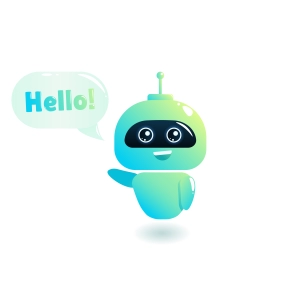
Cute bot say users Hello. Chatbot greets. Online consultation. Vector cartoon illustration
Understanding Chatbots
A. What are chatbots and how do they work?
Chatbots are computer programs or software applications designed to interact with users through text or voice-based conversations.
They utilize various technologies, including natural language processing (NLP), machine learning, and artificial intelligence (AI), to understand and respond to user queries and requests.
Here’s a simplified explanation of how chatbots work:
- User Input:
A user initiates a conversation with a chatbot by sending a text message or speaking a command or query.
- Natural Language Processing (NLP):
The chatbot uses NLP algorithms to analyze and understand the user’s input. NLP helps in extracting the intent (what the user wants) and entities (specific details or parameters) from the message.
- Data Processing and Analysis:
The chatbot processes the user’s input and compares it to its pre-defined set of training data or knowledge base. This could include a range of potential user queries, responses, and actions.
- Response Generation:
Based on the user’s input and the information available to the chatbot, it generates a relevant response. The response can be pre-determined, rule-based, or generated using AI and machine learning algorithms.
- Response Delivery:
The chatbot sends the generated response back to the user through the appropriate channel, such as a messaging platform, website chatbox, or voice assistant.
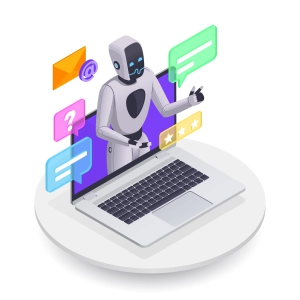
- Iteration and Learning:
Advanced chatbots employ machine learning algorithms to continuously learn from user interactions and improve their performance over time.
They can adapt and update their responses based on user feedback and evolving data patterns.
- Integration with Systems and Services:
Chatbots can also integrate with various systems and services to perform specific tasks.
For example, they can connect to a database to retrieve product information, process payments, or interact with external APIs to fetch data from third-party sources.
It’s important to note that chatbots can range from simple rule-based bots that follow pre-defined instructions to sophisticated AI-powered bots that learn from user interactions and provide more personalized responses.
The complexity and capabilities of a chatbot depend on its design, training data, and underlying technologies.

Types of chatbots (rule-based vs. AI-powered)
Chatbots are 2 types – rule-based chatbots and AI-powered chatbots. Let’s explore each type:
Rule-Based Chatbots:
- Rule-based chatbots operate on a set of predefined rules and instructions. They follow a specific flowchart or decision tree to generate responses based on keyword matching or pattern recognition. These chatbots are programmed with explicit rules and responses to handle specific user inputs.
Characteristics of rule-based chatbots include:
Limited in scope: They can only provide responses and actions for scenarios they have been explicitly programmed for.
Structured conversations: They work best in situations where the conversation flow can be anticipated and predetermined.
Require manual updates: Rule-based chatbots need manual intervention to update their rules and responses when new scenarios arise.
- Rule-based chatbots are relatively simpler to develop and implement, but their effectiveness depends on the accuracy and comprehensiveness of the predefined rules.
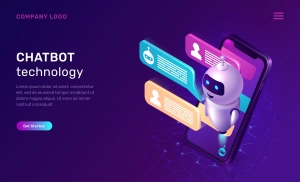
Chatbot technology, isometric concept vector illustration. Website landing page with mobile phone, artificial intelligence, robot looking out and text bubble or message icons, ultraviolet web banner.
AI-Powered Chatbots:
- AI-powered chatbots leverage advanced technologies such as natural language processing (NLP), machine learning, and artificial intelligence. These chatbots can understand and interpret user inputs in a more nuanced way, allowing for more dynamic and context-aware responses.
Characteristics of AI-powered chatbots include:
Natural language understanding: They can comprehend user queries beyond simple keyword matching, understanding intent and context.
Learning and adaptation: AI-powered chatbots can learn from user interactions and improve their responses over time, through techniques like machine learning.
Flexibility and personalization: They can handle a wider range of user inputs and provide more tailored responses.
AI-powered chatbots often require a larger amount of training data and more advanced algorithms to function effectively. They can be more sophisticated in their capabilities but may also require ongoing training and maintenance.
It’s worth noting that chatbots can fall on a spectrum between purely rule-based and fully AI-powered, with varying degrees of complexity and capabilities depending on the specific implementation.
Some chatbots may combine rule-based and AI approaches to balance flexibility and control.
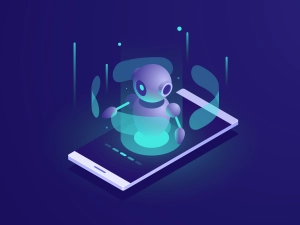
Benefits of using chatbots for customer engagement
Using chatbots for customer engagement in digital marketing offers several benefits. Here are some key advantages:
- 24/7 Availability:
Chatbots can provide round-the-clock customer support, allowing businesses to engage with customers at any time, regardless of time zones or working hours.
This availability enhances customer satisfaction and helps in capturing leads or addressing inquiries promptly.
- Instant Responses:
Chatbots can provide immediate responses to customer queries, eliminating the need for customers to wait for human assistance.
This quick response time improves customer experience and prevents potential frustration or abandonment of the interaction.
- Scalability and Efficiency:
Chatbots can handle multiple customer interactions simultaneously without getting overwhelmed or fatigued.
They can scale effortlessly to accommodate high volumes of inquiries or support requests, providing efficient and consistent service.
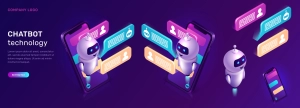
- Personalized Interactions:
Advanced chatbots can utilize customer data and preferences to deliver personalized recommendations or suggestions.
By analyzing user behavior and purchase history, chatbots can offer tailored solutions, improving customer satisfaction and increasing the chances of conversion.
- Cost Savings:
Implementing chatbots can reduce operational costs for businesses. They can handle routine inquiries and support tasks, reducing the need for human agents to address repetitive and low-level queries.
This frees up human resources for more complex or high-value interactions, optimizing resource allocation.
- Data Collection and Analysis:
Chatbots can gather valuable customer data during interactions, including preferences, demographics, and buying patterns.
This data can be utilized for market research, customer profiling, and targeted marketing campaigns, enabling businesses to better understand their customers and optimize their strategies.

- Lead Generation and Qualification:
Chatbots can engage customers in conversation, asking relevant questions and collecting information that can be used for lead generation and qualification purposes.
By capturing user details and preferences, chatbots can identify potential leads and pass them on to human agents or trigger automated follow-up actions.
- Enhanced User Experience:
Chatbots offer a conversational and interactive experience to users, making interactions more engaging and user-friendly.
They can guide users through various processes, provide relevant information, and assist in decision-making, resulting in a positive user experience.
By leveraging chatbots for customer engagement, businesses can streamline their customer support processes, improve response times, personalize interactions, and gather valuable data, ultimately leading to higher customer satisfaction, increased conversions, and improved business efficiency.
Enhancing Customer Engagement with Chatbots
24/7 availability and instant responses
One of the key benefits of using chatbots for customer engagement is their 24/7 availability and ability to provide instant responses. Here’s a closer look at why this is advantageous:

All-day support, round-the-clock assistance, 24 hours call centre. Subscriber help, aid service. Telephone calls and messages operator cartoon character. Vector isolated concept metaphor illustration.
- Round-the-Clock Support:
Unlike traditional customer support channels with limited operating hours, chatbots can be available 24 hours a day, 7 days a week.
This means that customers can reach out for assistance or information at any time, including outside of regular business hours. This availability is particularly valuable for businesses catering to global or geographically dispersed audiences.
- Increased Responsiveness:
Chatbots can instantly respond to customer queries without any delay. Customers no longer have to wait in long queues or endure hold times before receiving assistance.
The immediate response capability of chatbots improves customer satisfaction and ensures that their questions or concerns are addressed promptly.
- Efficient Handling of High Volume:
During peak periods or busy times, businesses may face a surge in customer inquiries. Chatbots can handle a large volume of simultaneous conversations, ensuring that customers receive timely responses without overwhelming human agents.
This scalability helps businesses manage customer support demands effectively, preventing delays and frustration.
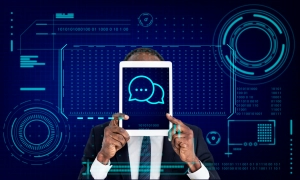
- Quick Information Retrieval:
Chatbots have access to a vast database of information and can retrieve relevant data instantaneously.
When customers ask questions or seek specific information, chatbots can provide accurate and up-to-date responses without the need for manual research or consultation. This saves time for both the customer and the business.
- Reduced Customer Wait Time:
With chatbots, customers don’t have to wait for a support representative to become available. They can immediately engage in a conversation and have their queries addressed promptly.
Chatbots can even handle multiple inquiries simultaneously, ensuring that every customer receives attention without extended waiting periods.
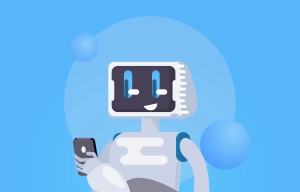
- Improved Customer Experience:
The combination of 24/7 availability and instant responses contributes to an overall improved customer experience.
Customers appreciate the convenience of being able to reach out to a business whenever they need assistance and receiving prompt replies. This leads to increased customer satisfaction, loyalty, and positive brand perception.
By leveraging the 24/7 availability and instant response capabilities of chatbots, businesses can provide efficient, responsive, and convenient customer support, resulting in enhanced customer experiences and strengthened customer relationships.
Conclusion
Recap of the benefits of leveraging chatbots for customer engagement
Certainly! Let’s recap the benefits of leveraging chatbots for customer engagement:
- 24/7 Availability:
Chatbots can provide round-the-clock support, ensuring that customers can access assistance and information at any time, regardless of business hours.
- Instant Responses:
Chatbots offer immediate responses to customer queries, eliminating the need for customers to wait for human assistance and improving response times.
- Scalability and Efficiency:
Chatbots can handle multiple customer interactions simultaneously, ensuring efficient and consistent support even during high volumes of inquiries or support requests.
- Personalized Interactions:
Advanced chatbots can utilize customer data to deliver personalized recommendations, enhancing the customer experience and increasing the likelihood of conversions.
- Cost Savings:
Implementing chatbots can reduce operational costs by automating routine inquiries and support tasks, freeing up human resources for more complex interactions and optimizing resource allocation.

- Data Collection and Analysis:
Chatbots gather valuable customer data during interactions, enabling businesses to better understand their customers, conduct market research, and optimize marketing strategies.
- Lead Generation and Qualification:
Chatbots can engage customers in conversation, collecting information that can be used for lead generation and qualification purposes, helping identify potential leads and trigger follow-up actions.
- Enhanced User Experience:
Chatbots offer conversational and interactive experiences, guiding users through processes, providing information, and assisting in decision-making, leading to a positive user experience.
By leveraging chatbots for customer engagement, businesses can provide seamless support, improve response times, personalize interactions, gather valuable data, and enhance the overall customer experience, resulting in increased customer satisfaction, conversions, and business efficiency.


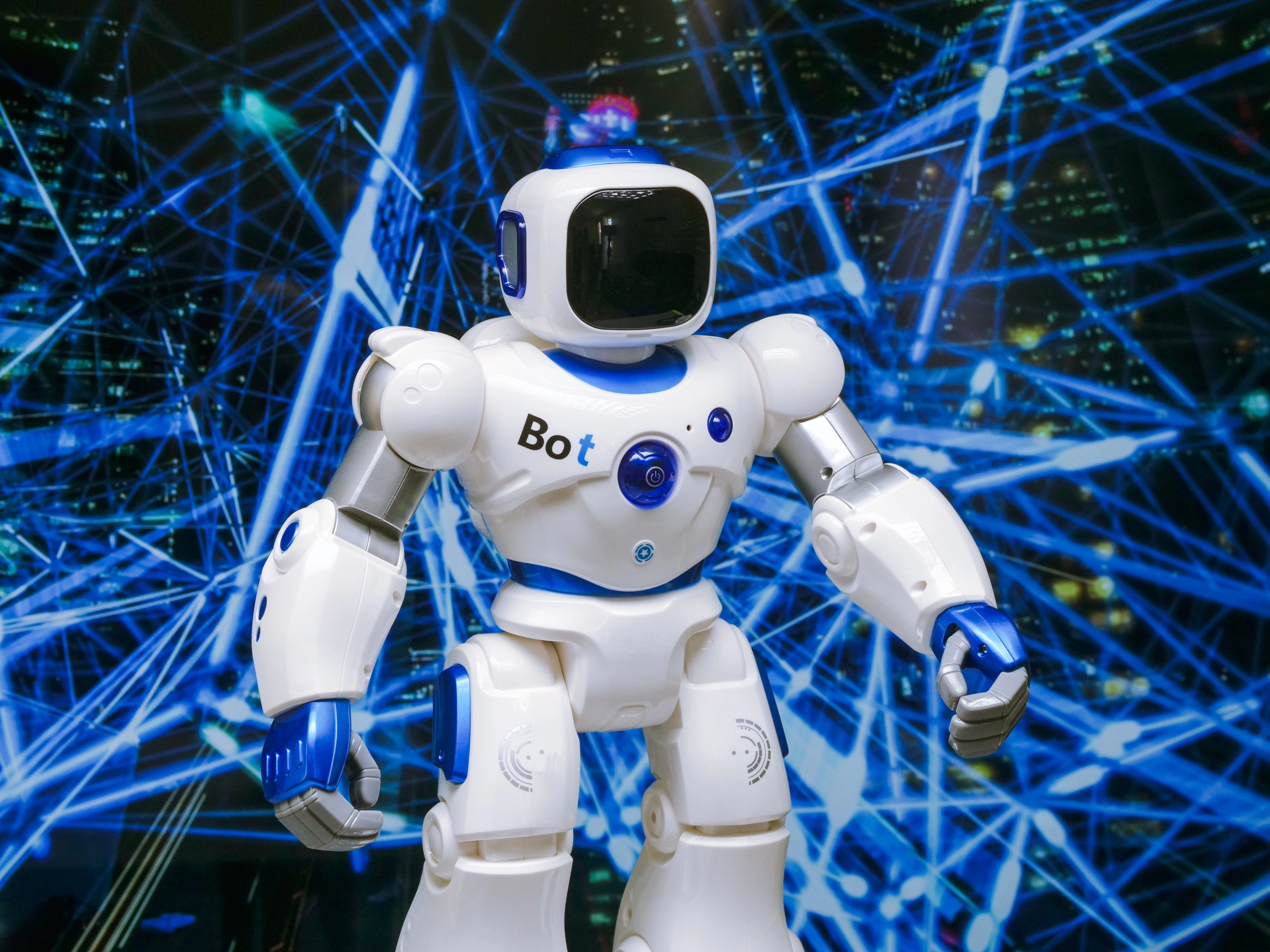
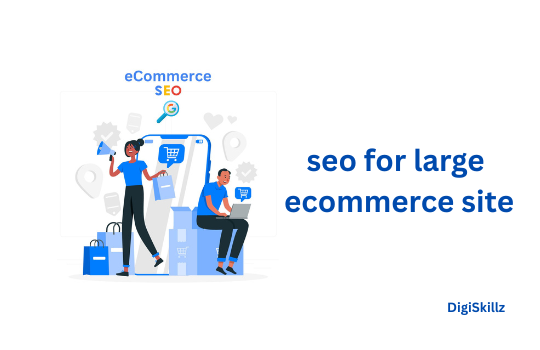



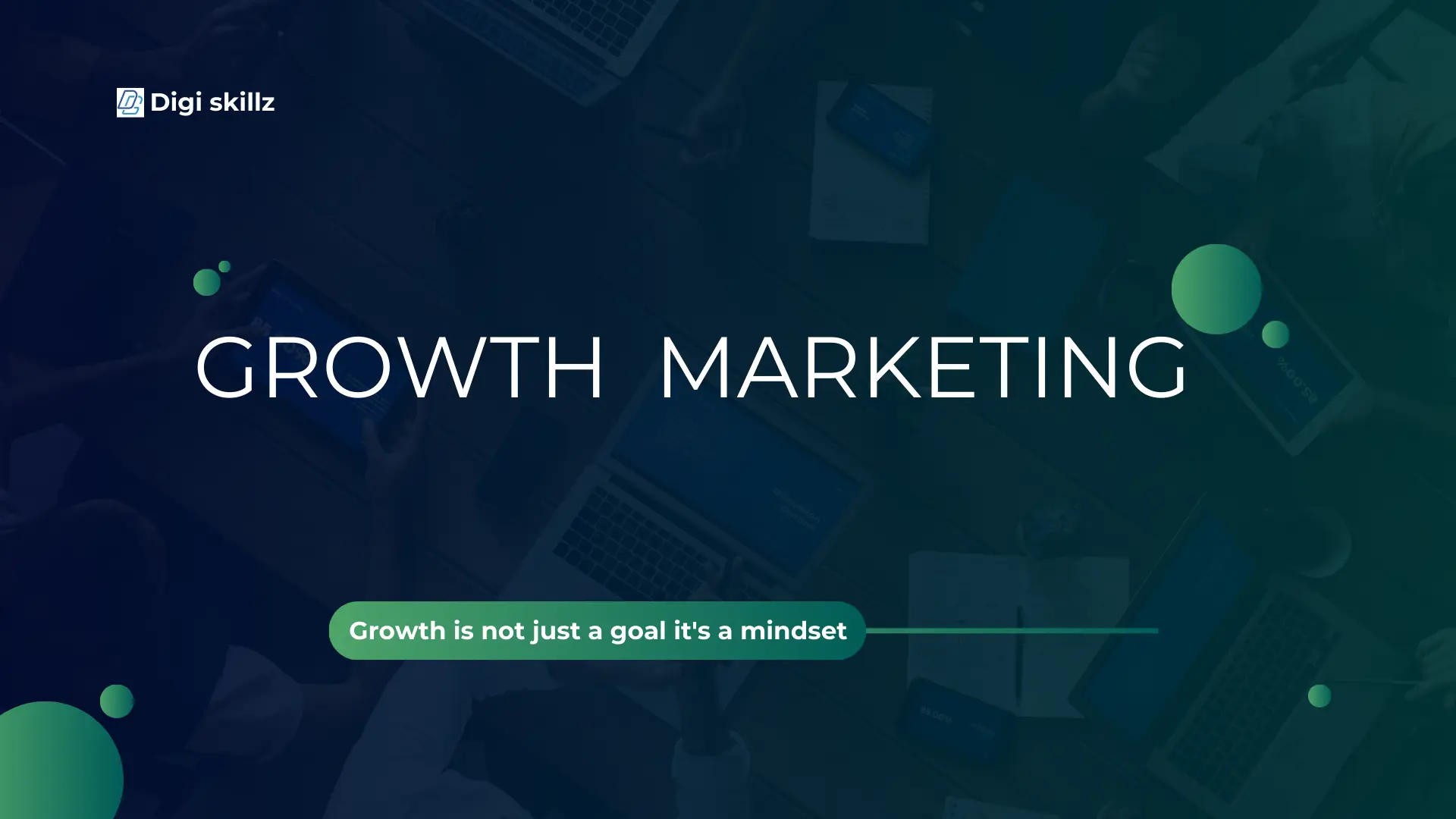


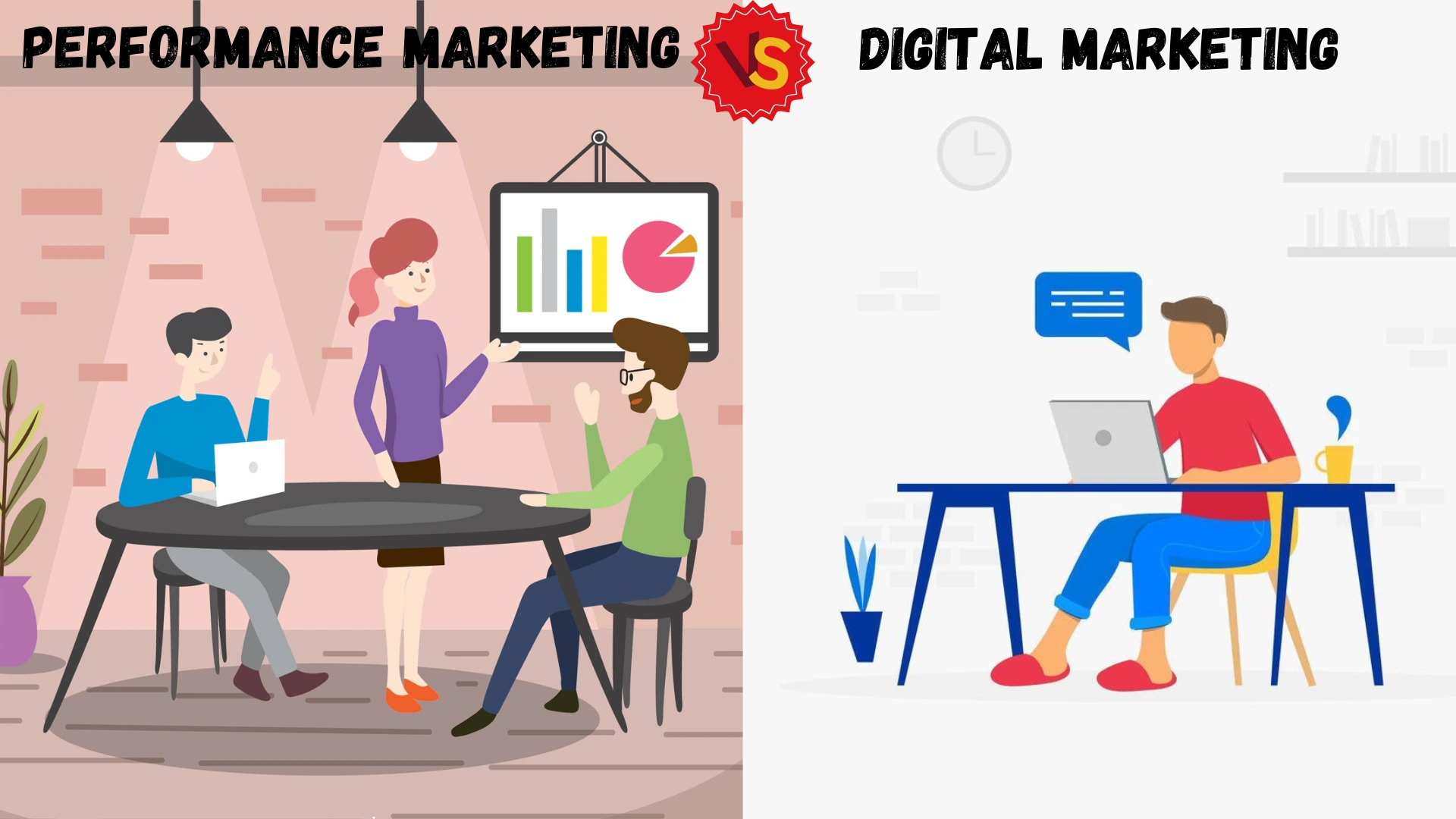
Leave A Comment